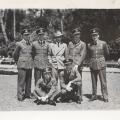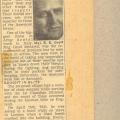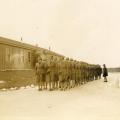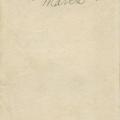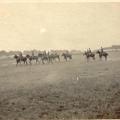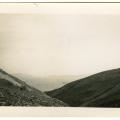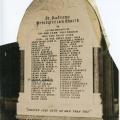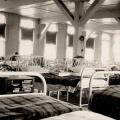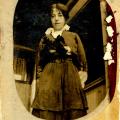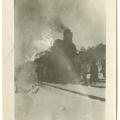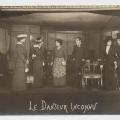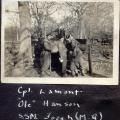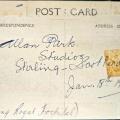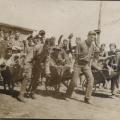Feature Letter of November 20th, 2025
Platt, Henry Errol Beauchamp
Well, my dear, for a change the rain has ceased and we are having good stiff fronts which in a way are more bearable than the everlasting damp and mud The last hour in trenches was a horrible nightmare. We went in just after a very heavy rainstorm had done its deadly work and suffered ourselves from considerable deposit of moisture. The soil here seems to lack any cohesive quality while its adhesive properties are abnormally developed. Consequently it was a great struggle to keep our little homes and ditches from crumbling, to keep the water running off and to keep ourselves from becoming absolutely encased in a sarcophagi of vile smelling clay. However, we are constantly borne up in our labour by the absolute certainty, topographically deduced and confirmed by military intelligence whose transmittance into civilian keeping is forbidden by our code, that Fritz opposite is two or three "damnsights" more uncomfortable than we are. If this good frosty weather keeps up for awhile we shall soon have things ship-shape for the rains of next month.
Why Support Canadian Letters & Images Project
As we move away in time from past conflicts and as our veteran population declines, it becomes increasingly difficult for Canadians to understand the sacrifices that men and women made, both on the battlefield and on the home front, during wartime. The Canadian Letters and Images Project has been sharing their stories, and Canada’s story, for the past quarter century.
These are the experiences of Canadians as seen through their eyes and their words. This is history in the raw, without a lens of interpretation added through time. I invite you to spend some time reading their letters, seeing their faces in the photographs, or listening to an audio letter, to appreciate why their experiences must be preserved for now and for future generations.
Donations, large and small, ensures that The Canadian Letters and Images Project can keep this important content freely available for this generation and for future generations. Please help us to preserve their stories.
Donate
